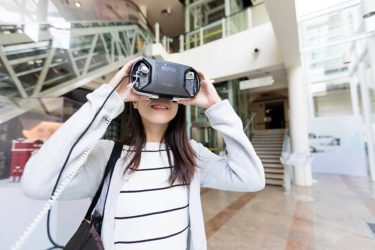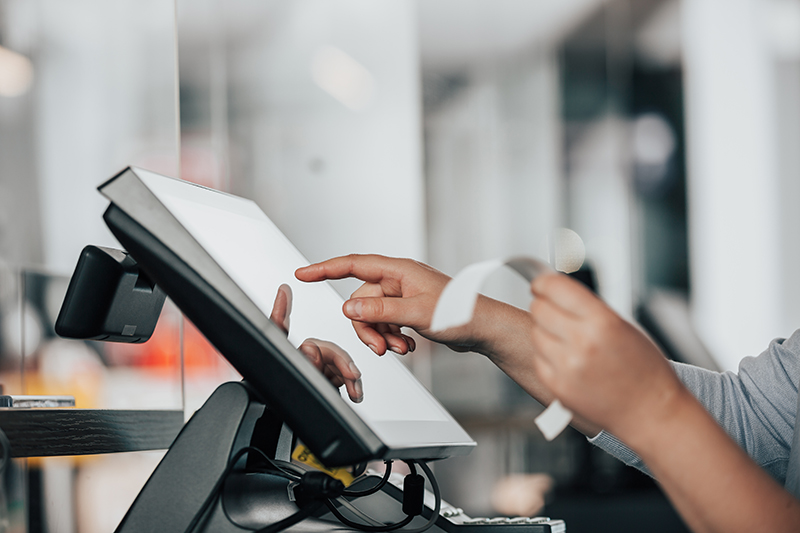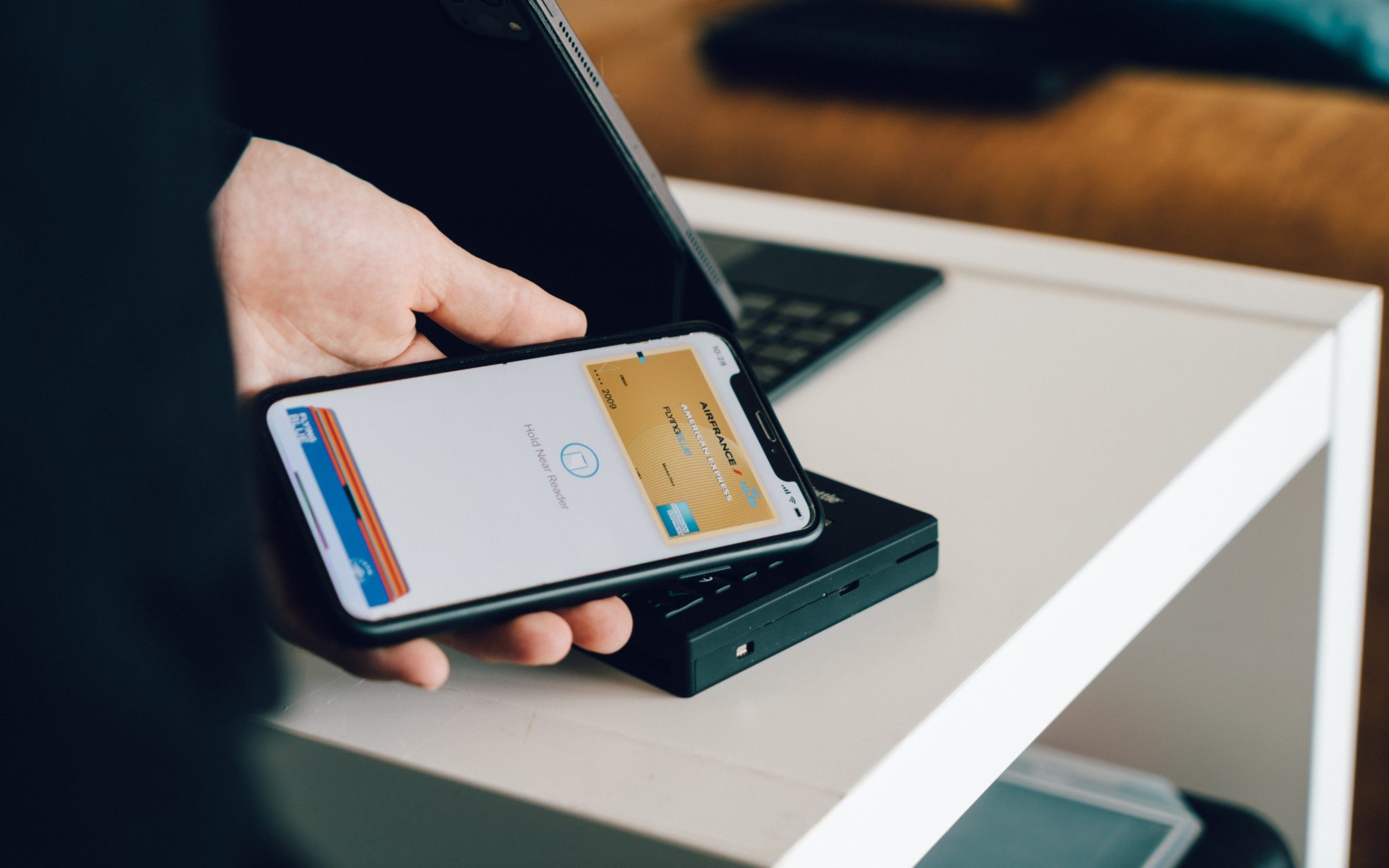By Laura Figueroa
Museums and technology – how do they go together? For years, people didn’t see the connection or realize all of the ways that technology can enhance the museum’s experiences or bring in new business. Many saw technology as the antithesis to museums, seeing museums as the place go to avoid tech and screen time. The reality is that you need to meet your museum guests where they are, and that’s likely online and on their phones. You also need to give visitors an enjoyable experience that will make them want to come back and rave about the museum to their friends. Technology can help you achieve both of these objectives. Read on to learn about how technology and digital media are changing museums, from the business side and for the patrons.
Digital Marketing
 If you want your museum to become a tourist attraction and a local hotspot, you need to take full advantage of the digital marketing tools at your disposal. First and foremost, your website must be up-to-date and easy to navigate. People should be able to get a sense of what experiences your museum offers, the current exhibits/attractions, pricing, and business hours. Invest in high-quality photos and videos on your site that will entice people to come to see it all in person. Social media is another powerful tool in your arsenal. Staying active on your social media channels is an effective way to spread awareness and re-engage past visitors to inspire them to come back again. Unlike your website which is more static, social media allows you to have a more personal connection with your audience. You can re-post content from your followers who tag you in their posts, respond to comments, do Q&As and polls on Instagram stories, and so much more. Not all museums have embraced all the capabilities the digital world has to offer, so staying active on your website and social media are great for separating yourself from competitors.
If you want your museum to become a tourist attraction and a local hotspot, you need to take full advantage of the digital marketing tools at your disposal. First and foremost, your website must be up-to-date and easy to navigate. People should be able to get a sense of what experiences your museum offers, the current exhibits/attractions, pricing, and business hours. Invest in high-quality photos and videos on your site that will entice people to come to see it all in person. Social media is another powerful tool in your arsenal. Staying active on your social media channels is an effective way to spread awareness and re-engage past visitors to inspire them to come back again. Unlike your website which is more static, social media allows you to have a more personal connection with your audience. You can re-post content from your followers who tag you in their posts, respond to comments, do Q&As and polls on Instagram stories, and so much more. Not all museums have embraced all the capabilities the digital world has to offer, so staying active on your website and social media are great for separating yourself from competitors.
QR Codes
Gone are the days of people crowding around to read the tiny caption under a painting and handing out headsets. QR codes give museum visitors the power to scan and go. They can access the info from anywhere in the museum or wait to take a look until they’re back at home. Use QR codes throughout the museum to provide additional info for guests. They can scan to learn more about a piece in the exhibit or access an audio recording. You can also use QR codes to replace museum maps, menus, and other printouts. Another fun way to utilize QR codes is to link them to your social media channels to encourage guests to follow your profiles so they stay engaged with what’s happening at the museum. You can also link to your Spotify playlists as another way to stay connected and engaged. If you have an app, you can leverage this technology to drive downloads too. With the pandemic, most people are already used to scanning QR codes at restaurants and cafes to read menus. QR codes are a simple and effective technology that modernizes your museum and improves your visitors’ experiences.
Point of Sale Technology
A museum needs a point of sales system that’s versatile and highly customizable. Unlike other businesses, museums have the unique need of managing and tracking things like admissions and group tours. NCR Counterpoint is the best-in-class POS technology for museums. Its integrated, cloud-based program can track and update assets and events and can program automatic notifications. This means you can run your business on schedule and keep patrons up-to-date on current attractions. NCR Counterpoint has three options to quickly process and print tickets: at the register, online, or via mobile device. Lines will move fast, providing a stress-free and convenient experience for guests with minimal wait time. It’s especially important to be able to print and process tickets quickly during peak periods and when dealing with large group tours. Our team at Retail Control Systems has worked with many museum and attraction clients over the years and we’ve personally witnessed how transformative this museum technology can be.
Virtual Reality and Augmented Reality
 Two of the most exciting technologies that some museums are starting to adopt are virtual reality and augmented reality. In today’s world where people love 3D movies and rides at theme parks, it only makes sense that museums tap into this too. The places that have dabbled in VR and AR have seen big success. London’s Victoria and Albert Museum ran Curious Alice, a VR exhibit where people were able to experience Wonderland in a new way. Users could fall down the rabbit hole to play games, solve riddles, and feel like they were inside the storybook world that so many of us grew up with. Users can experience Curious Alice at the V&A with a VR headset or pay to download it at home. Here in the States, The Smithsonian launched an AR app called Skin and Bones that lets museum guests feel like the animal skeletons in the Bone Hall exhibit have come to life and like you can even hold them in your hand. We’re excited to see more museums start to adopt these technologies into their exhibits.
Two of the most exciting technologies that some museums are starting to adopt are virtual reality and augmented reality. In today’s world where people love 3D movies and rides at theme parks, it only makes sense that museums tap into this too. The places that have dabbled in VR and AR have seen big success. London’s Victoria and Albert Museum ran Curious Alice, a VR exhibit where people were able to experience Wonderland in a new way. Users could fall down the rabbit hole to play games, solve riddles, and feel like they were inside the storybook world that so many of us grew up with. Users can experience Curious Alice at the V&A with a VR headset or pay to download it at home. Here in the States, The Smithsonian launched an AR app called Skin and Bones that lets museum guests feel like the animal skeletons in the Bone Hall exhibit have come to life and like you can even hold them in your hand. We’re excited to see more museums start to adopt these technologies into their exhibits.
Technology and digital media have the power to create new experiences and memories for the people who visit your museum. They also can empower you to run your operation more effectively and more profitably. If you have questions about how the NCR Counterpoint POS can work for you, feel free to reach out to our team for a free demo.



